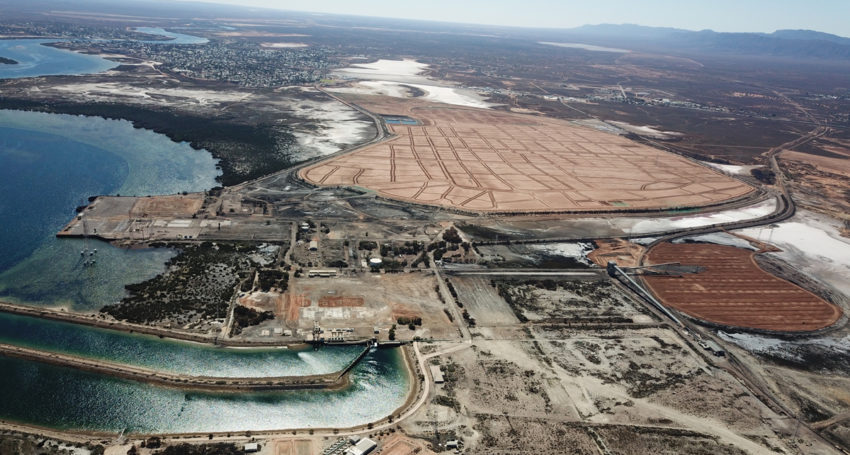The benefits of energy storage to networks as renewable energy penetration increases have been well demonstrated by installations like the landmark Hornsdale Power Reserve, which is owned by Neoen, in South Australia. The state could be set to see a second trailblazing storage system installed — in the form of a long duration vanadium flow battery, in Port Augusta.
The storage system targets a number of use cases. Not only will the system offer voltage compensation, reactive power and frequency regulation to the grid, but it will also buffer the power from a 50 MW solar project at the same Port Augusta site.
The Pangea Storage Project deploys a vanadium redox-flow battery, which the project proponents claim are preferable for utilities for their long duration storage capacity, when compared to lithium-ion batteries.
With questions about the stability of the South Australian grid in recent years, as coal generators exit the market, some argue the deployment of long-duration storage is advantageous. The longevity of vanadium redox-flow batteries, facilitated by their reduced degradation, means that they can be integrated with other long-term asset upgrades such as transmission lines and substations, allowing for smoother transitions into the future.
One drawback with vanadium, which is traditionally used in steel production, is that it can be expensive. Vanadium electrolyte liquid typically needs to be imported. Interestingly, the technology was first successfully tested at the University of New South Wales in the 1980s. More recently, vanadium redox-flow batteries have primarily been deployed in South Africa and China.
“The Pangea Storage Project is a wonderful example of how renewable power generation and a safe, reliable and sustainable energy storage technology such as the vanadium redox-flow battery are a perfect symbiosis to provide renewable baseload today,” said Stefan Schauss, CEO of CellCube.
“From the beginning we had always considered the Vanadium Redox-Flow technology in mind,” said Luis Chiang Lin, CEO of Pangea. “Australia has massive vanadium resources and the exploration of vanadium is pretty simple, cheap and does not have the impact on nature and labour conditions such as cobalt or other rare earths in the lithium industry. As such, choosing vanadium and working with CellCube as market leader in the vanadium related storage industry is a perfect match for our project.”
The Pangea Storage Project is now in in the latter stages of pre-development at the 79-hectare Port Augusta site. Pending due diligence and review the constructions are set to take place in late 2019.
Author: Blake Matich
This content is protected by copyright and may not be reused. If you want to cooperate with us and would like to reuse some of our content, please contact: editors@pv-magazine.com.



6 comments
By submitting this form you agree to pv magazine using your data for the purposes of publishing your comment.
Your personal data will only be disclosed or otherwise transmitted to third parties for the purposes of spam filtering or if this is necessary for technical maintenance of the website. Any other transfer to third parties will not take place unless this is justified on the basis of applicable data protection regulations or if pv magazine is legally obliged to do so.
You may revoke this consent at any time with effect for the future, in which case your personal data will be deleted immediately. Otherwise, your data will be deleted if pv magazine has processed your request or the purpose of data storage is fulfilled.
Further information on data privacy can be found in our Data Protection Policy.